This story was produced by The Hechinger Report, a nonprofit, independent news organization focused on inequality and innovation in education.
In an interview last week, Kimberly Martin, the principal of Woodrow Wilson High School in Washington, D.C., said that a special-education student had recently stopped by the school for support because he was confused about how to obtain a work permit for a new job.
“After he met with me and the social worker to address the work permit issue, I saw him just hanging around the school staff, and I realized how much he missed them,” Martin said. “Many students miss the network of adults that provide their needs, including teachers, custodians, social workers, and all non-instructional staff.”
The majority of public school employees (about 57%) are not full-time teachers, but can be just as important to students. In conversations about reopening schools, consideration of its effect on employees such as bus drivers, cafeteria workers, substitute teachers, and non-instructional staff seldom reaches the forefront. Because many non-teaching school positions are not unionized, these workers tend to have fewer protections, fewer benefits, and lower wages. Observational evidence suggests many are also more likely to come from disadvantaged populations. If we are serious about keeping children safe, then we must protect the most vulnerable people closest to them.
Based on 2019 data from the Bureau of Labor Statistics, there are significant earnings disparities between teachers and other public school employees. Median annual earnings for regular full-time teachers are over $57,000 per year. But among the 10 most common school occupations apart from full-time teachers, only education administrators and guidance counselors have median annual earnings over $38,000.
For example, in 2019, more than 1.5 million school employees were teaching assistants and substitute teachers for kindergarteners through ninth-graders. Their median earnings were less than $30,000 per year, or about half that of full-time teachers. But just like full-time teachers, these staffers have regular contact with kids and other adults at school. If they or someone they live with gets sick with COVID-19, children and other school staff could be at high risk.
In addition to being paid less, hourly and part-time teachers often lack the same access to paid leave and health insurance. Employees who do not have adequate paid sick leave often can’t afford to take time off; this may force them to come in to work with COVID-19 symptoms or after exposure.
Nationally, 93% of school workers had access to paid sick leave and 90% had access to health insurance in 2019, based on the National Compensation Survey from the Bureau of Labor Statistics. But the statistics on sick leave may be slightly skewed, as they include 12 states and the District of Columbia, which require paid sick leave in some form for most workers. Consequently, the percentage of school workers who can take time off from work if they are ill may be lower in the other 38 states.
While the federal CARES Act has attempted to ensure sick workers are able to stay home from work with a program that gives almost all workers up to 80 hours of emergency paid sick leave for reasons related to COVID-19, this may not be enough. It is not clear if workers are aware of this option, or if 80 hours is enough time to keep an infected worker quarantined when recovery can take six weeks or more.
Moreover, cleaning and custodial staff, along with cafeteria and office workers—who also have median annual earnings that hover around $30,000—will likely be asked to perform additional work in pandemic conditions if schools are reopened, given that schools will need to adopt more stringent cleaning procedures. Although the Centers for Disease Control and Prevention (CDC) has issued optional guidance for health and safety in schools, we have yet to see adequate funding that would allow schools to implement the new cleaning guidelines or give hazard pay to the low-paid workers who must carry it out.
Furthermore, the Trump administration is threatening to withhold stabilization funds from school districts that do not reopen. Despite record surges in COVID-19 cases in recent weeks, funding and administrative pressures could spur many districts to reopen schools well before they are equipped to do so safely.
Even if the funding comes through, there probably won’t be people in place to make sure school leaders follow through. The Occupational Safety and Health Administration (OSHA) has historically low numbers of federal inspectors, according to an analysis of OSHA enforcement data by the National Employment Law Project.
We need to establish a mechanism for all school employees—not just full-time teachers—to stay physically distanced if they or someone they live with is in a high-risk population for serious illness from COVID-19. Schools can first consider redeploying high-risk individuals to more physically distanced roles within the school, such as offering less protected, high-risk bus drivers and custodians an opportunity to focus on tasks with less exposure. Because schools cannot open safely without those bus drivers and custodians, we may need additional funds to hire temporary, less vulnerable replacements until a vaccine is developed. Protecting these workers also means expanding unemployment benefits and providing assistance in making career transitions to safer occupations if redeployment within the school system is not possible.
As anchor institutions, schools play a significant role in filling gaps created by a health care system that is tied to employment. Placing the burden of proof on the employer that the work environment will be safe for everyone is critical for counteracting structural health disparities and unequal health care access for uninsured school employees. If our systems provide uneven coverage, it’s imperative that schools and other institutions do what they can to make the overall environment safer.
The evidence mustered makes one thing very clear: Ordering schools simply to reopen is foolish without billions in additional funding and major changes to operations and school spaces to protect kids, school employees, and their surrounding communities.
Safety should be the top consideration when figuring out ways to reopen schools in the fall. If there is one lesson the COVID-19 pandemic has taught us, it’s that when our neighbors are sick, we are vulnerable. Keeping children safe requires that we safeguard all who are the least protected. That means prioritizing the protection of a school’s entire network of staff who support and care for our children.
The Brookings Institution is committed to quality, independence, and impact.
We are supported by a diverse array of funders. In line with our values and policies, each Brookings publication represents the sole views of its author(s).
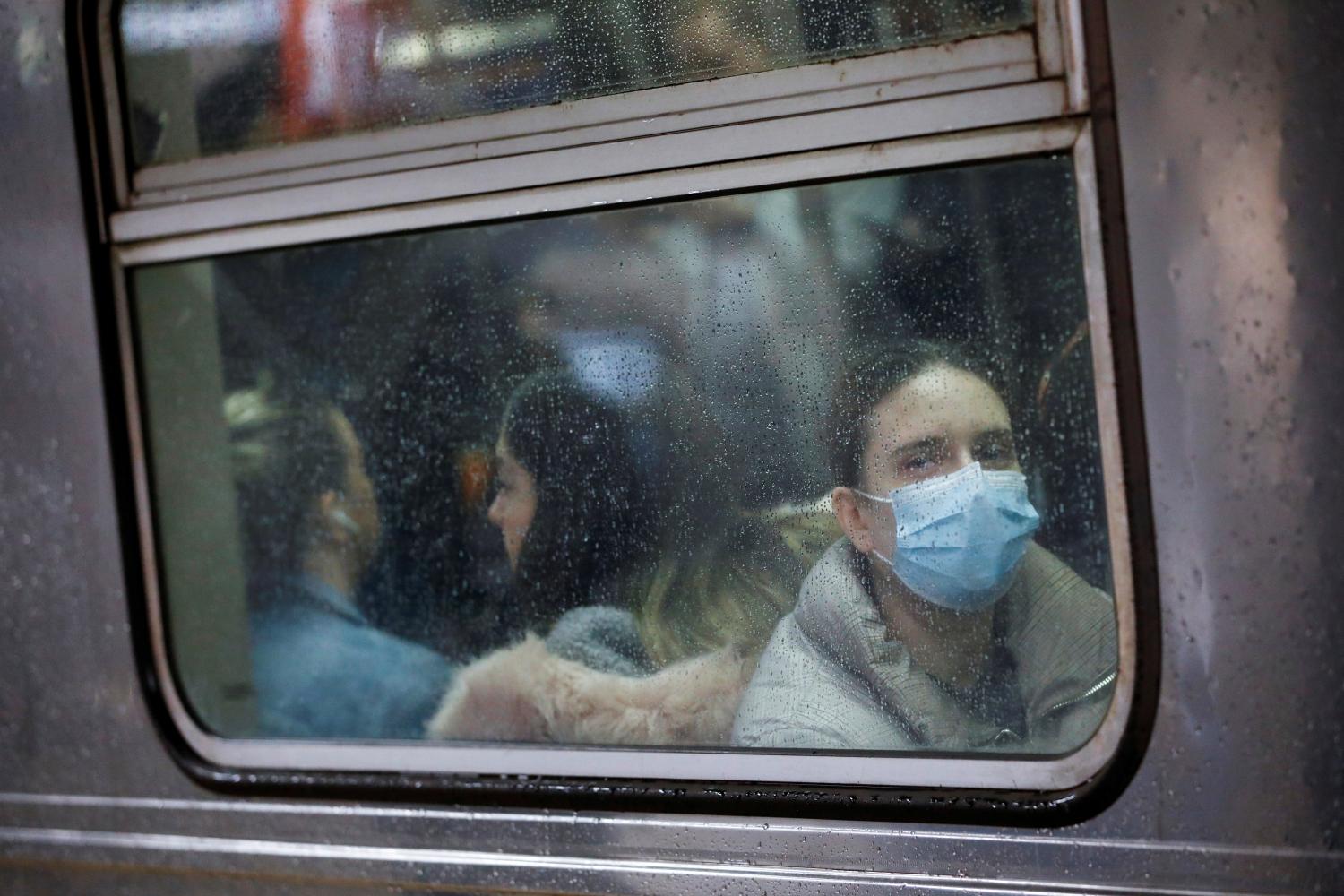
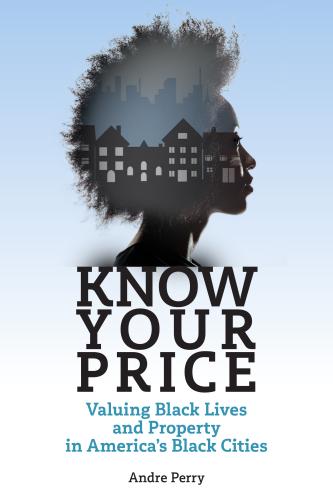
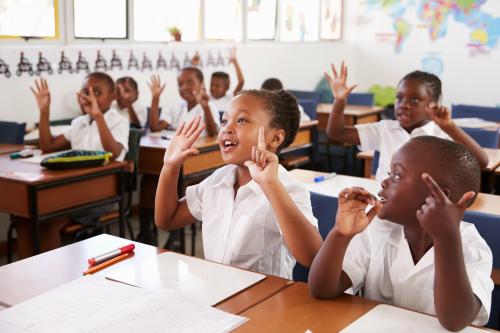
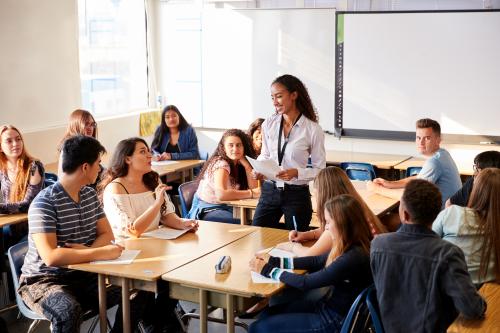
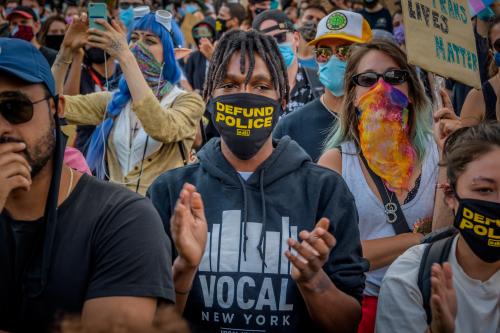




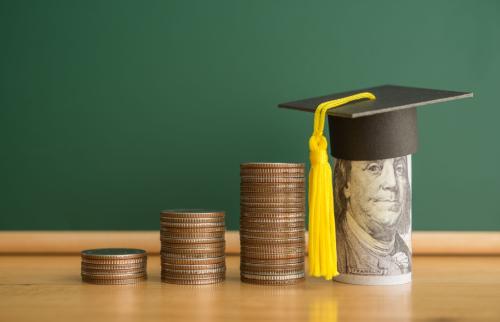
Commentary
To reopen safely, schools must protect more than just students and teachers
July 24, 2020